The Complete Guide to Machining: From Basic Processes to Industry Applications
guide (e.g. book or other printed material)
This article is your introduction to the world of “machining” and “processing”. We will introduce you to the core concepts of machining, common process types, key equipment and its wide range of applications in industries such as aerospace and automotive manufacturing, helping you to fully grasp this cornerstone of the manufacturing industry.
Machining: the cornerstone and core process of the manufacturing industry
Machining, also commonly referred to as machining, is a crucial process in manufacturing. It broadly refers to the precise removal of material through mechanical devices and tools to process raw materials (e.g., metals, plastics, etc.) into parts or products of the desired shape, size, and surface accuracy. From simple screws to complex engine components, machining is ubiquitous and is a fundamental production technology that supports the modern industrial system.
commonMachining processfull resolution
Machining covers a range of different processes, each with its own unique application scenarios and advantages. Below are a few of the dominant machining methods:
Turning: On a lathe, the workpiece is rotated and the tool moves along a predetermined path for cutting. It is particularly suitable for machining rotating parts such as shafts, discs and sleeves, for example, machining threads and stepped shafts.
Milling: On a milling machine, a rotating tool cuts a stationary workpiece. It offers great flexibility for machining flat surfaces, grooves (e.g., keyways, T-slots), gears, and a variety of complex curved surfaces.
Drilling: The use of a drill bit to create round holes in solid material. Depending on the requirements, through holes or blind holes can be machined, making it a basic and extremely versatile method of hole machining.
Grinding: The use of abrasives such as grinding wheels to finish the surface of a workpiece. It achieves very high dimensional accuracy and excellent surface finish, and is commonly used for the final machining of hard materials such as hardened steel parts.
Boring: mainly used to expand and finish the pre-drilled holes, especially suitable for processing larger sizes, high precision requirements of the hole system, can ensure accurate hole position and cylindricity.
Planing: Machining flat surfaces and straight grooves through the relative linear motion of the planing tool and the workpiece. Its tool structure is simple, but the productivity is relatively low, mostly used for single-piece small batch production.![图片[1]-机加工完全指南:从基础工艺到行业应用(常见的机加工工艺全解析)-大连富泓机械有限公司](https://cndlfh.com/wp-content/uploads/2025/07/QQ20250720-185504-800x528.png)
Key processing equipment and its range of applications
Different ones require the appropriate machine tools to perform them. Below are several core machining machines:
Lathe: mainly responsible for the processing of rotary body parts, is the basic equipment in the mechanical manufacturing.
Milling machine: an extremely versatile machine tool capable of machining flat surfaces, grooves, parted parts and even complex curved surfaces.
Grinding machine: Using grinding tools for finishing can make the workpiece obtain high machining accuracy and good surface quality, such as internal and external cylindrical surfaces, conical surfaces, flat surfaces and so on.
Drilling machine: mainly used for hole processing, can be drilled, reamed, reamed and tapped operations.
Machining centres: These are highly functionally concentrated CNC machines, usually with automatic tool changers, capable of completing a variety of processes such as milling, drilling, boring, tapping, etc. in a single clamping, which greatly improves machining efficiency and precision.
Wide range of industry applications for machining
Machining applications cover almost all modern industrial sectors:
Aerospace: In this field, it is necessary to process high-strength and high-precision parts made of difficult-to-machine materials such as titanium alloys and high-temperature alloys, such as engine blades and structural parts.
Automotive Manufacturing: From engine blocks and transmission gears to brake system components, the automotive industry relies heavily on high-precision machining technology to ensure performance and safety.
Mould manufacturing:machiningIt is the core means to produce various types of moulds such as injection moulds, stamping moulds, die-casting moulds, etc. The quality of the moulds directly determines the shaping of the final products.
Medical Devices: Many medical devices and implants have demanding requirements for biocompatibility, surface finish and dimensional accuracy, which cannot be achieved without precision machining.
General parts and mechanical structures: machining is also widely used in the manufacture of a variety of metal parts, sheet metal parts, boxes, and metal structures.

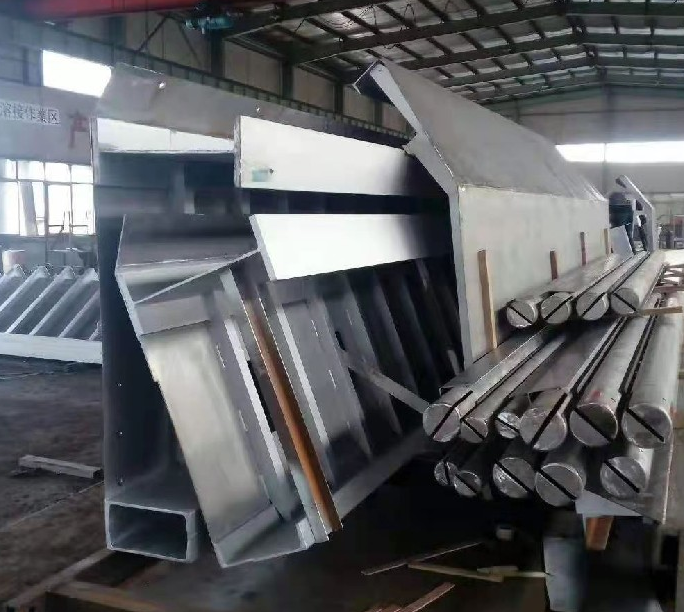


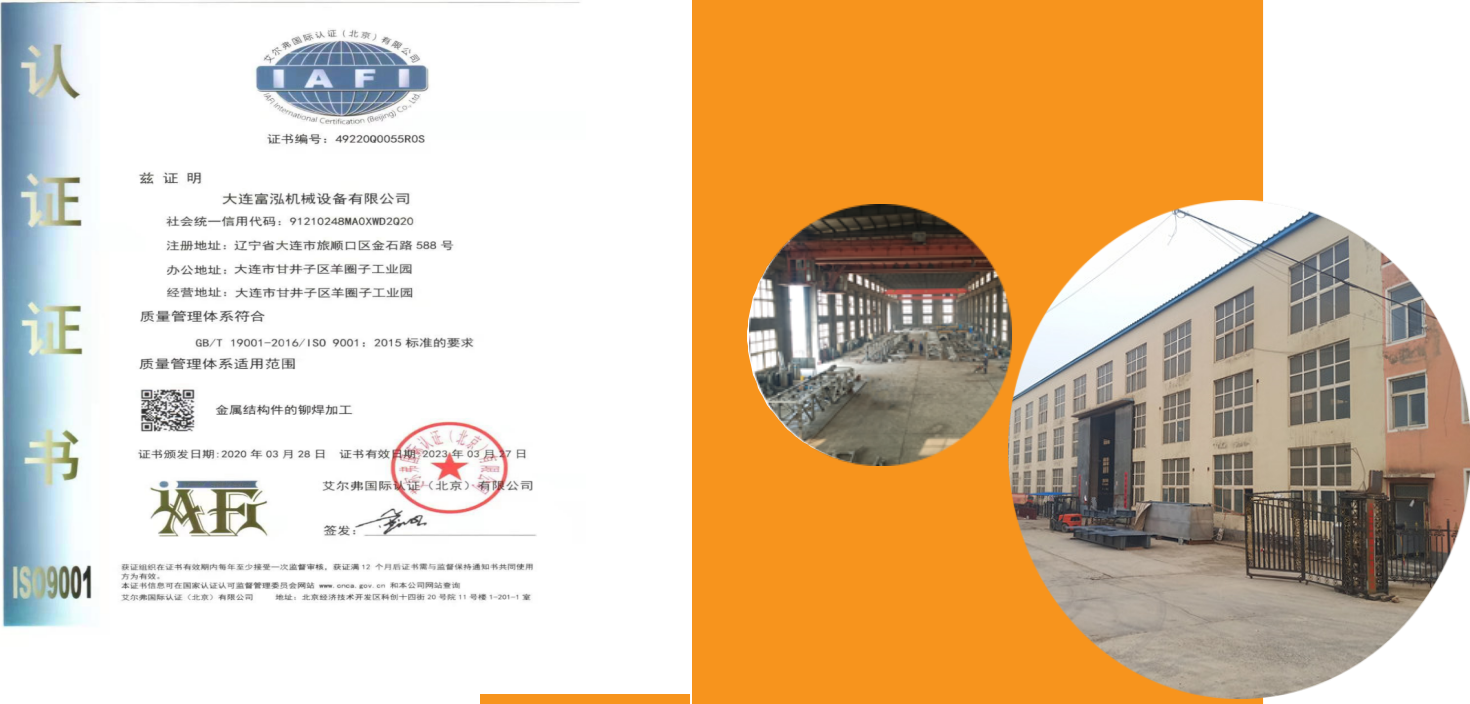
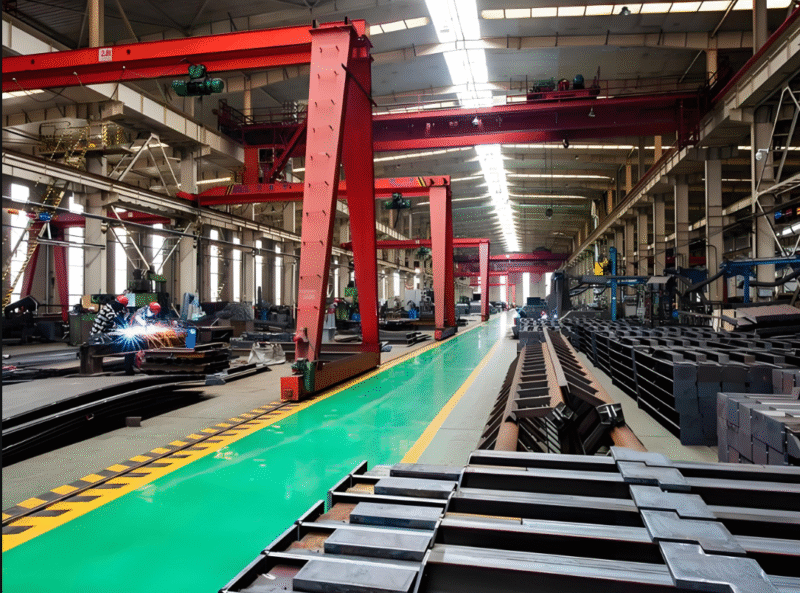

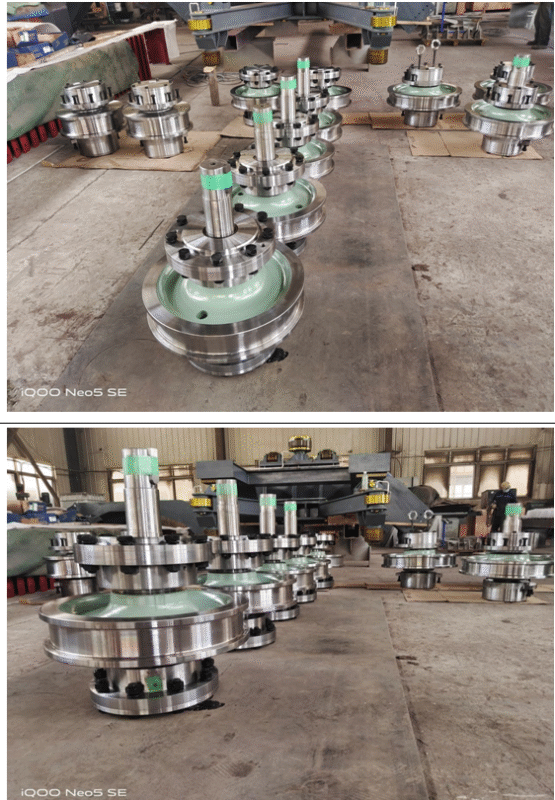
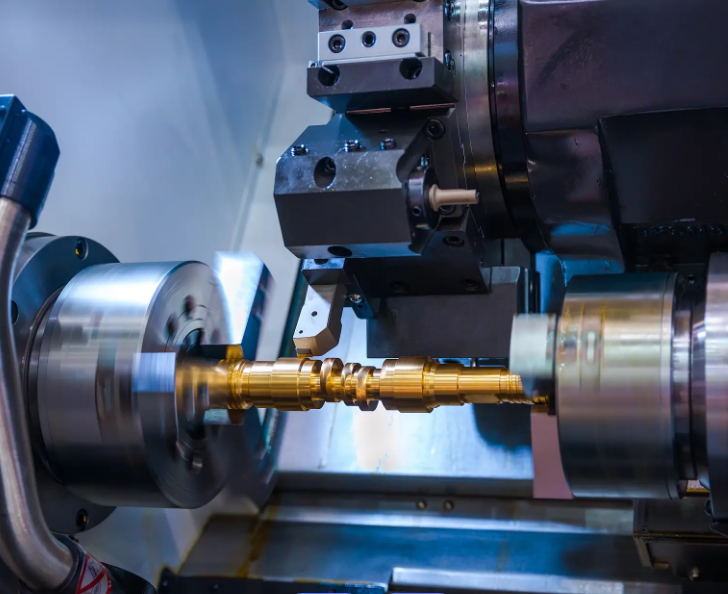
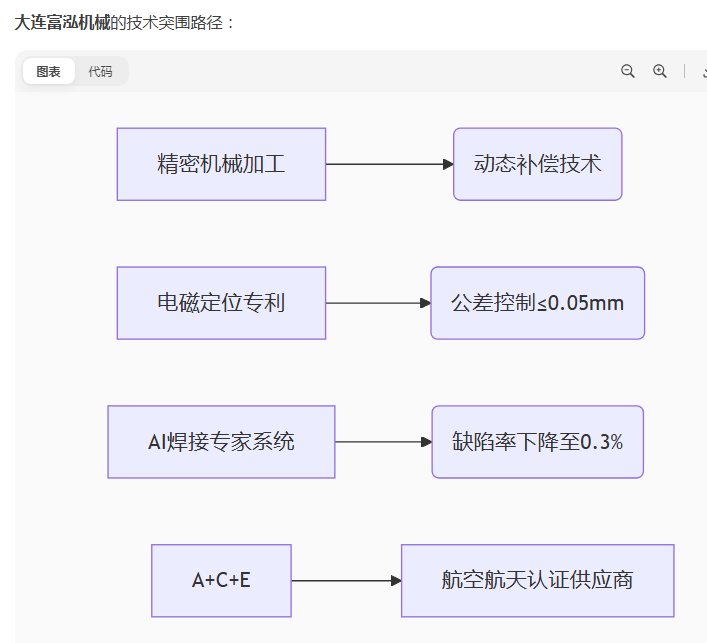
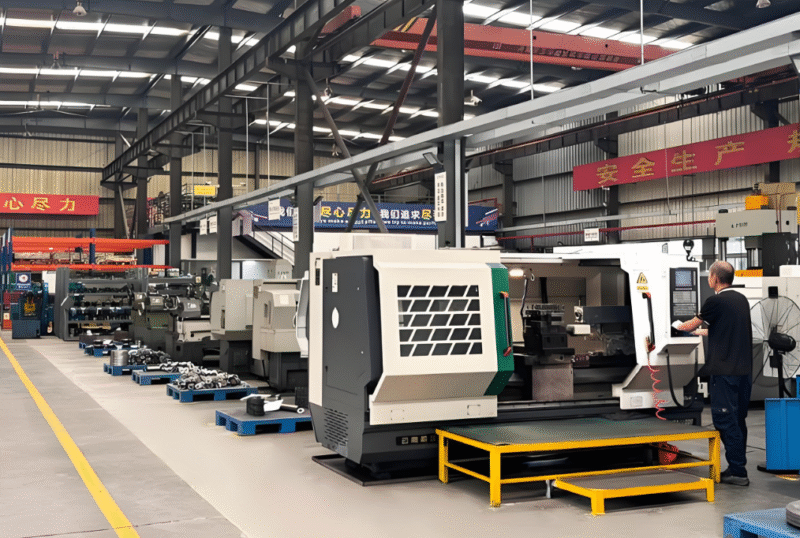
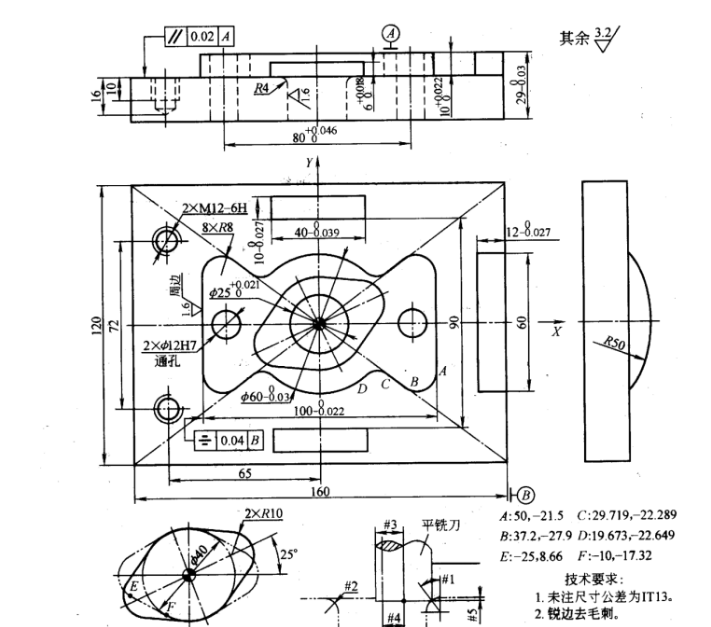
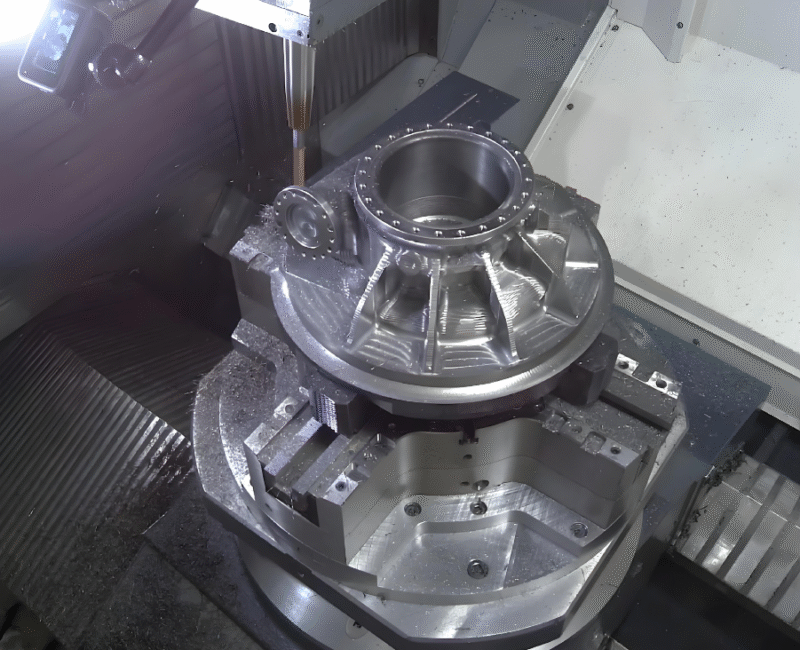

暂无评论内容